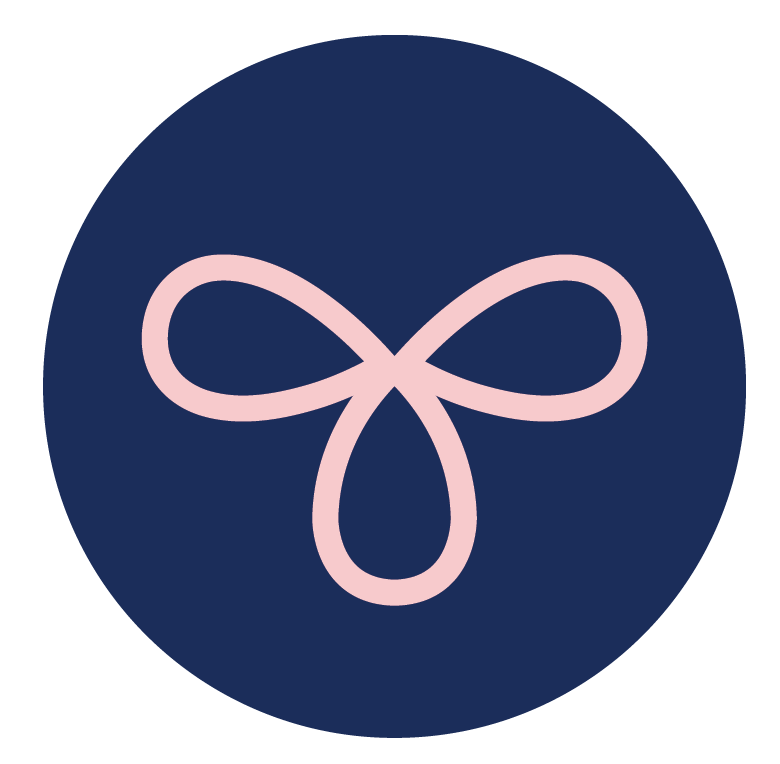Exercise
Exercising for and around your symptoms
expand the symptoms below to learn more
+ Cramping
Exercise can be hard to enjoy when you want to curl around your heat pack, but movement might just put that smile back where it belongs! During this time it is wise to avoid jumping/bounding, isometrics/holds (planks, wall squats), and exercises where you need to hold your breath. Instead, opt for gentle aerobic exercise, dynamic whole body movements with emphasis on diaphragmatic breathing.
+ Mood
There’s a reason why they call it “runner’s high”. Low-moderate intensity aerobic exercise and resistance training has been shown to improve overall mood and feelings of wellness by supporting the ‘feel good’ hormone production. For best results, enjoy these types of exercise regularly throughout the week.
+ Flare/Pain/Pelvic Pain
Pain can send our brains into protective mode, sending out signals which increase connective tissue tension. Even though our brain is trying to help, sometimes this defense mechanism works against us. Mobility exercises for the spine, pelvis and hips can reduce tension and improve pain. Low intensity aerobic exercise may also be beneficial, especially if it’s something you enjoy!
+ Breast Tenderness
If it’s uncomfortable, there’s no need to do it! Exercises which require any of the following can be avoided until your breast tenderness settles down:
- Lying on your tummy
- Jumping, running or skipping
- Wearing tight sports bras or other firm fitting clothing
+ Swelling
Exercising the muscles around the areas of swelling can assist in returning the fluid to the central system. Low impact cardiovascular based exercise and low intensity resistance training of at least 30 minutes may be the answer for you!
+ Concentration Levels
Our ability to concentrate may impact our performance at work and in our social lives. Moderate intensity aerobic exercise such as walking, jogging, cycling or dancing for at least 30mins may help us be more attentive to our work, ourselves and others. If you’re having trouble focusing, try completing 30mins of coordination exercises before you sit down at your desk for the day.
+ Fatigue
Yes, some types of exercise can be exhausting so managing the intensity of your exercise is important. Low-moderate intensity aerobic exercise and low-moderate intensity resistance training has been shown to manage fatigue if completed regularly. Start by using equipment such as bodyweight or resistance bands. Difficulty sleeping? Then try progressive muscle relaxation.
+ Constipation
It’s not surprising that moving your body can help move your bowel too! Aerobic exercise of a moderate intensity should be prioritised on a least 3 days per week to help move things along.
+ Psychological Stress Level/Anxiety/Depression
Even a single bout of progressive muscle relaxation or low-moderate intensity, rhythmic aerobic based exercise may help to manage your symptoms. If you’re a regular exerciser, high intensity activity may manage your stress levels more than a low intensity. Different exercises elicit different responses for everyone so choose an intensity of movement which suits you best.
+ Energy Levels
It seems counterintuitive to move more if you’re feeling low in energy, but research supports moderate intensity cardiovascular based exercise of 15-30mins duration to get you back on your feet. The positive response may be even more beneficial if your exercise bouts are regular, say, 3-4x per week.
Exercising with endometriosis e-book
Developed for QENDO by accredited Exercise Physiologists, Elisha Silcox and Esme Soan, this e-book is your go to guide for exercising when you have endometriosis. Download it here.
yin yoga
Yin yoga stretches and targets both the deep connective tissues between the muscles, and the fascia throughout the body. The aim is to increase circulation in the joints and improve flexibility as the poses stretch and exercise the bone and joint areas. It also helps us to regulate the body's flow of energy.
Daily Practices which can be implemented now
Join us for At Home with QENDO: Osteo and Exercise, Moving your Body via Zoom Online, a panel presentation with thought leaders in the women’s health sphere. Hear from Osteopath, Dr Bron Baillie and Accredited Exercise Physiologist, Esme Soan.



